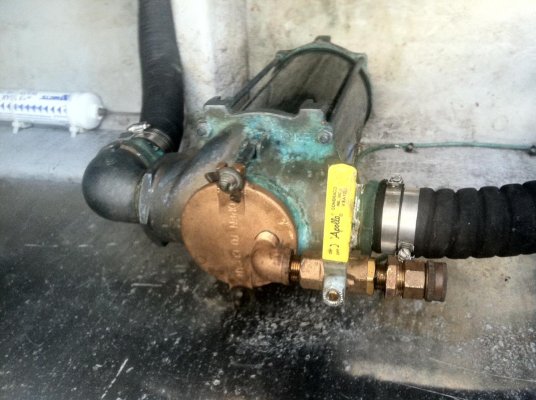i have a bowman heat exchanger on my engine and i was looking for a place to install an anode. couldn't find any fitting on it anywhere.
sent an email to bowman, the manufacturer of the exchanger, and they say they make the unit from cupronickel, and zinc anodes are actually harmful and can strip the protective layer from the metal and cause corrosion to start.
does anyone have experience with this? i've been around boats for 60 years and haven't been aware of anything like this.
the note they sent back says the royal navy uses they're products, and they install a sacrificial piece of black iron plumbing in line and replace it as needed.
can someone school me on this?
sent an email to bowman, the manufacturer of the exchanger, and they say they make the unit from cupronickel, and zinc anodes are actually harmful and can strip the protective layer from the metal and cause corrosion to start.
does anyone have experience with this? i've been around boats for 60 years and haven't been aware of anything like this.
the note they sent back says the royal navy uses they're products, and they install a sacrificial piece of black iron plumbing in line and replace it as needed.
can someone school me on this?

